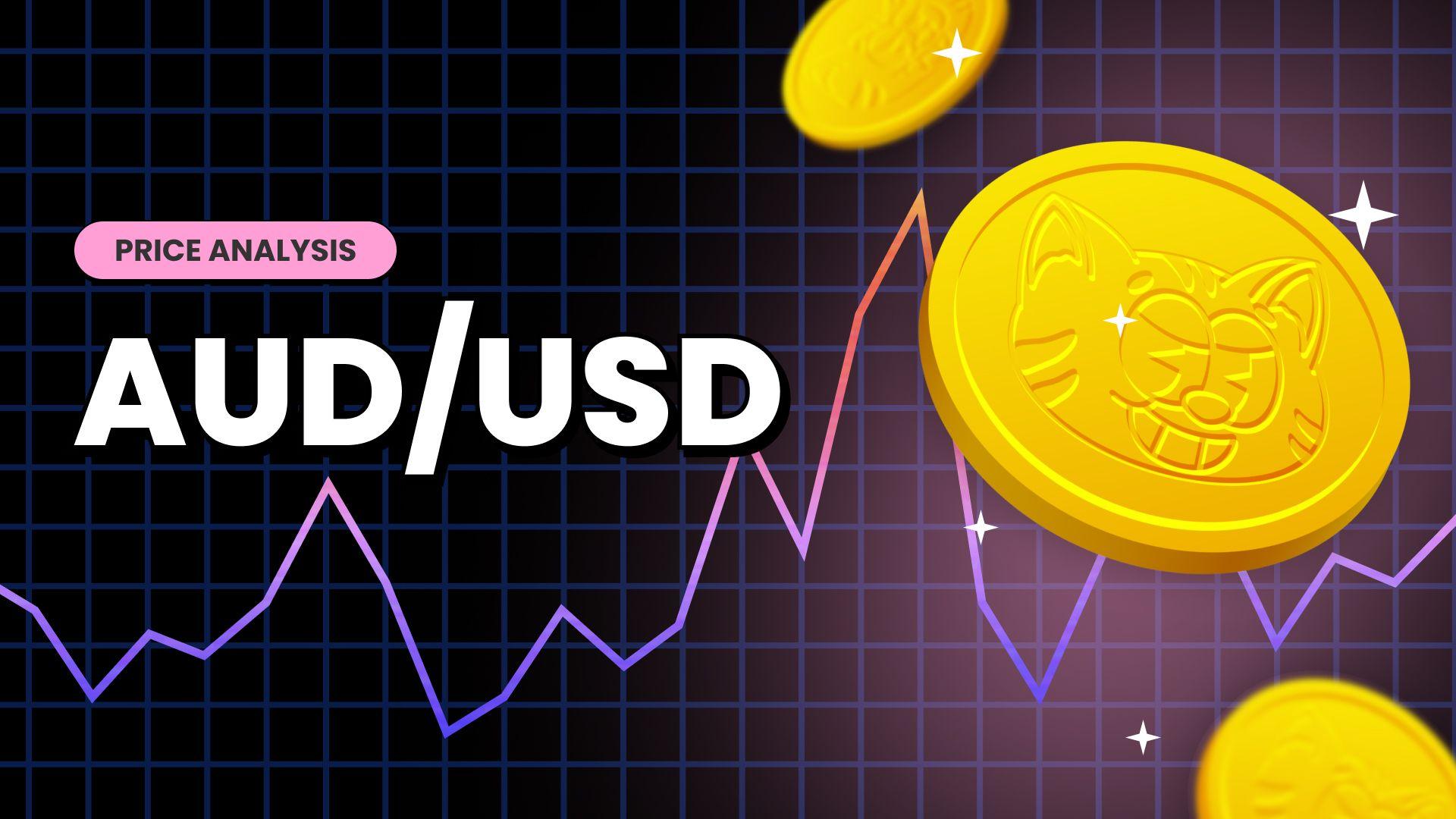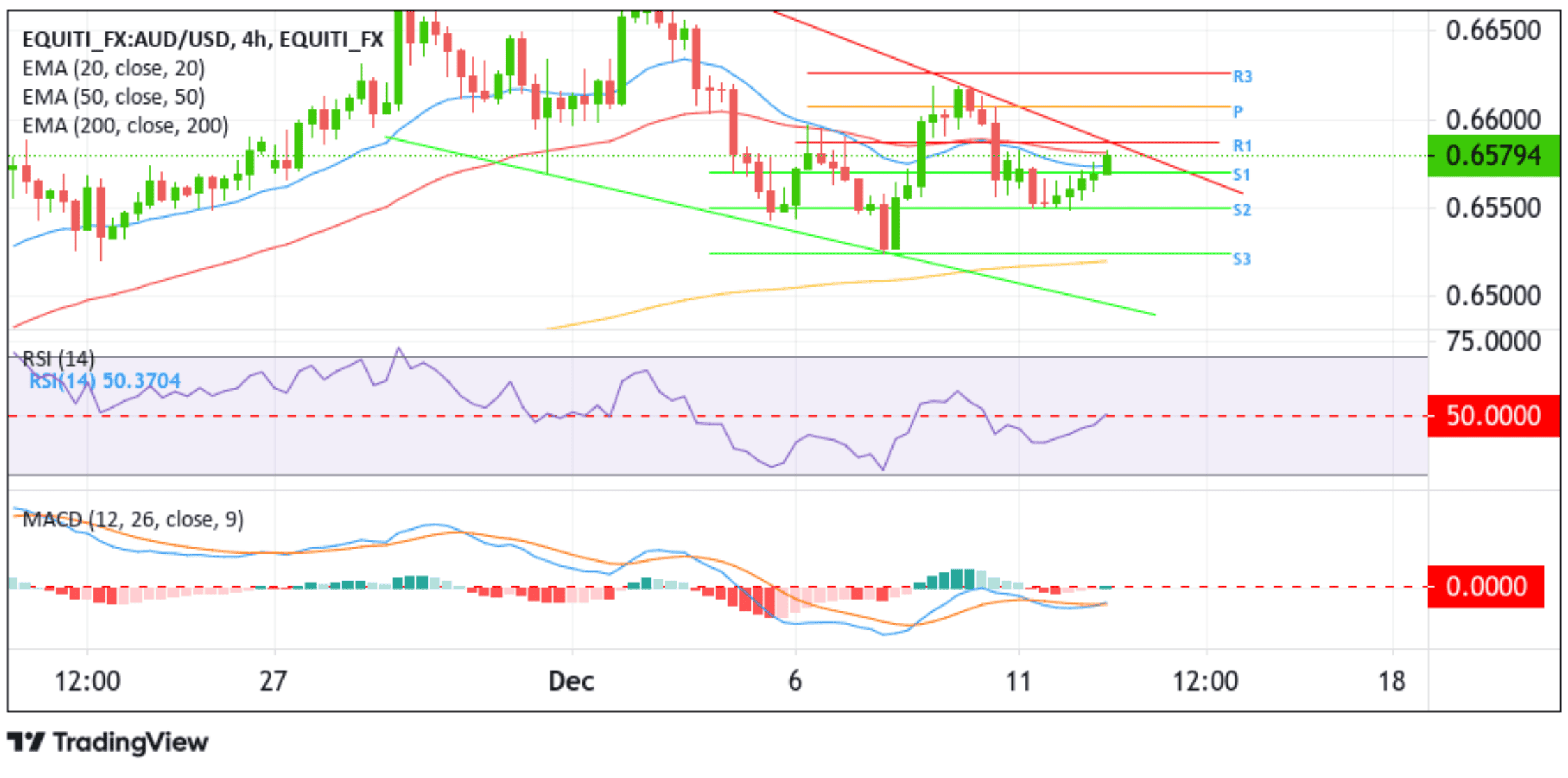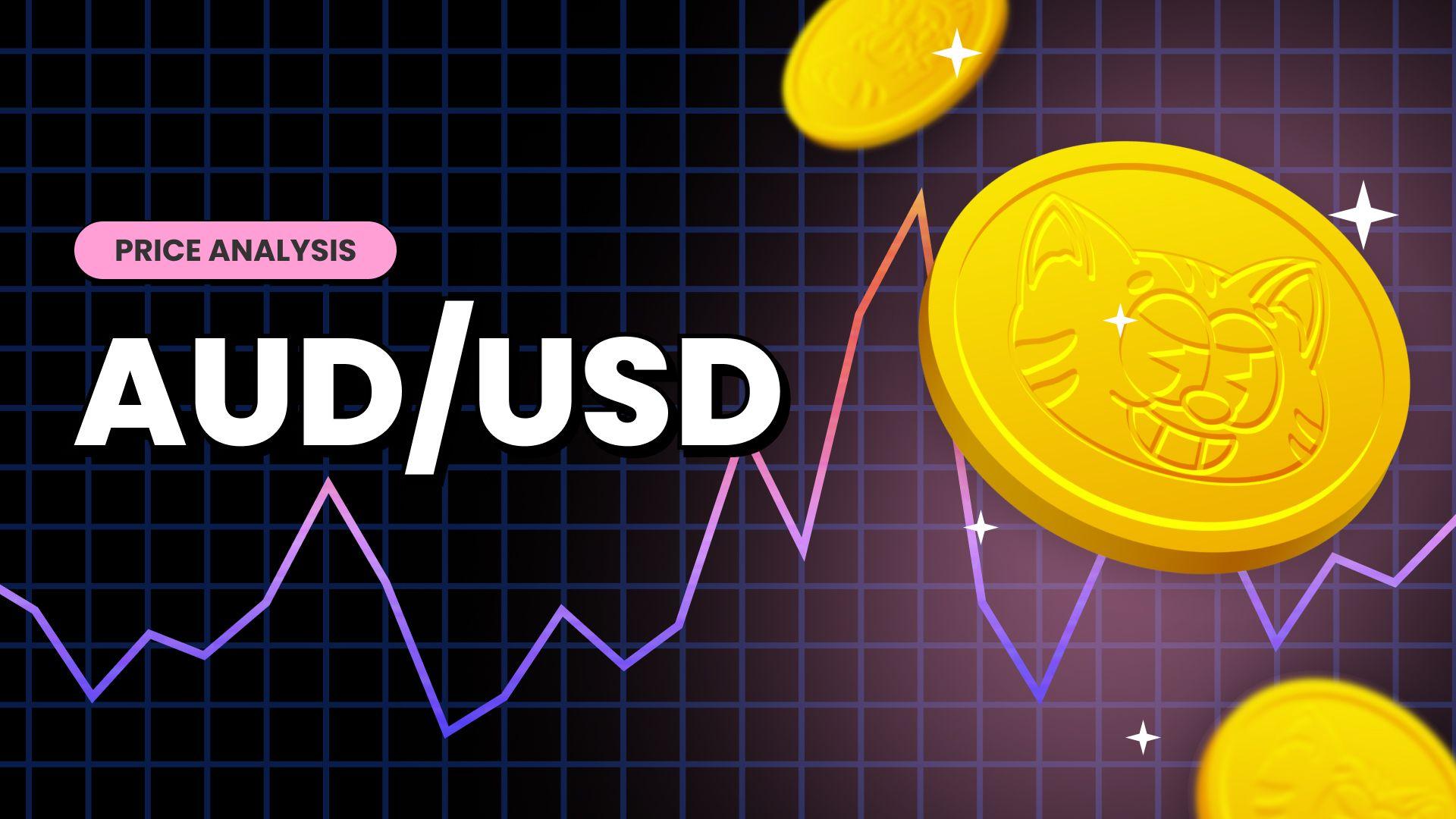AUD/USD Sticks To Modest Recovery Gains Above Mid-0.65000s On Weaker U.S. Dollar, U.S. CPI Data Awaited






Key Takeaways:
- AUD/USD staged a modest intraday bounce from a one-week low touched on Monday
- Softer U.S. bond yields and a positive risk tone undermined the safe-haven USD and extended support
- Fresh, slightly better-than-expected Ausi macro data released earlier today underpins the antipodean and helps cap the downside
- The market's focus shifts toward releasing key U.S. inflation data reports
The AUD/USD pair extended its bullish recovery momentum on Tuesday above the 0.65700 level following a sharp bounce from the vicinity of the 0.65503 level on Monday to mark a fifth straight session of positive gains. For now, it has snapped a two-day losing streak and looks set to maintain its offered tone heading into the European session amid the prevalent sentiment surrounding the U.S. dollar.

The ongoing retreat in U.S. Treasury bond yields forced the U.S. dollar to trim part of intraday gains and ease from a two-week high (104.263) touched on Monday and was seen as a key factor that limited further downside moves for the AUD/USD cross. It is worth noting that the current U.S. dollar movement comes days after the safe-haven currency rose to a two-week high on expectations that the Fed could be forced to hike rates this week following a hotter-than-expected jobs data report released on Friday. A U.S. Bureau of Labor Statistics report on Friday showed that the U.S. economy added 199,000 jobs in November 2023, surpassing the 150,000 added in October and exceeding market expectations of a 180,000 gain. Additionally, average hourly earnings for all employees on U.S. private nonfarm payrolls rose by 12 cents, or 0.4%, over a month to $34.10 in November 2023, after a 0.2% increase in the prior month and above the market forecast of a 0.3% gain.
That said, the aftermath of the hot jobs data report saw the AUD/USD cross hover around the 0.65500 mark/one-week low. However, the current price action shows that the post-NFP-inflicted losses have run their course as markets are convinced that the Fed will leave rates unchanged during its December monetary policy meeting this week.
This comes from softer jobs data reports released last week that pointed to a cooling labor market, solidifying market expectations that the Fed will leave rates unchanged after its two-day policy meeting this week. Moreover, the November Monetary Policy Meeting minutes and the softer U.S. consumer and producer inflation reports suggest that the Fed will maintain its status quo during the December meeting.

That said, further weighing on the greenback was the fresh, slightly better-than-expected x released earlier today, which in turn was seen as a contributing factor that helped exert upward pressure on the AUD/USD cross. A Westpac Banking Corporation report released on Tuesday showed the Consumer Sentiment Index in Australia rose 2.7% to 82.1 in December 2023 from 79.9 in November but remained at pessimistic levels, marking its second worst year on record as a surge in the cost of living and sharply higher interest rates weighed heavily. Additionally, the generally positive sentiment surrounding the U.S. equity markets was another factor that weighed on the buck and helped cap the downside for the AUD/USD cross.
Moreover, investors have decided to close their sell positions and wait on the side-lines before releasing the key U.S. inflation data reports later today. According to market consensus, the inflation rate in the U.S. is expected to have fallen further from a year ago to 3.1% in November. Excluding food and energy, the inflation rate in the U.S. is expected to have remained constant at 4.0% in November compared to a year ago.
As we advance, investors look forward to the U.S. docket featuring the release of key inflation data reports. The data reports, plus the general risk sentiment, would influence the U.S. dollar dynamics and provide directional impetus for the AUD/USD pair.
Technical Outlook: Four-Hours AUD/USD Price Chart

From a technical standstill, the AUD/USD pair is currently trading with a bullish bias above the 0.65700 level and is trading within a few striking distances from the 0.65876 barrier (R1), which coincides with the key resistance level plotted by a downward-sloping trendline extending from the November 4th swing higher highs. For further extension of the bullish recovery momentum, buyers need to find acceptance above these barricades before the AUD/USD cross can ascend further toward the pivot level (P), which corresponds to the 50% Fibonacci retracement of the 8th December to 11th December dip. Should the pair, on its second attempt, find acceptance above this threshold, followed by a move above the 0.66265 resistance level (R3), which corresponds to the 61.8% fib level (Golden FIB), buying interest could gain further momentum, creating the right conditions for an advance toward the 0.66760 and 0.66897 ceilings.
On the flip side, any meaningful pullback now finds some support at the 0.65698 level (S1). This is followed by the 0.65493 level (S2), which, if broken decisively, will pave the way for an accelerated decline toward the 0.65244 support level (S3). On further weakness, the price could drop to tag the technically strong 200-day (yellow) Exponential Moving Average at the 0.65209 level. Sustained weakness below this crucial level will favor sellers and prompt aggressive technical selling. The downward trajectory could then be extended toward the key support level plotted by a downward-sloping trendline extending from the November 30th swing lower-lows.

